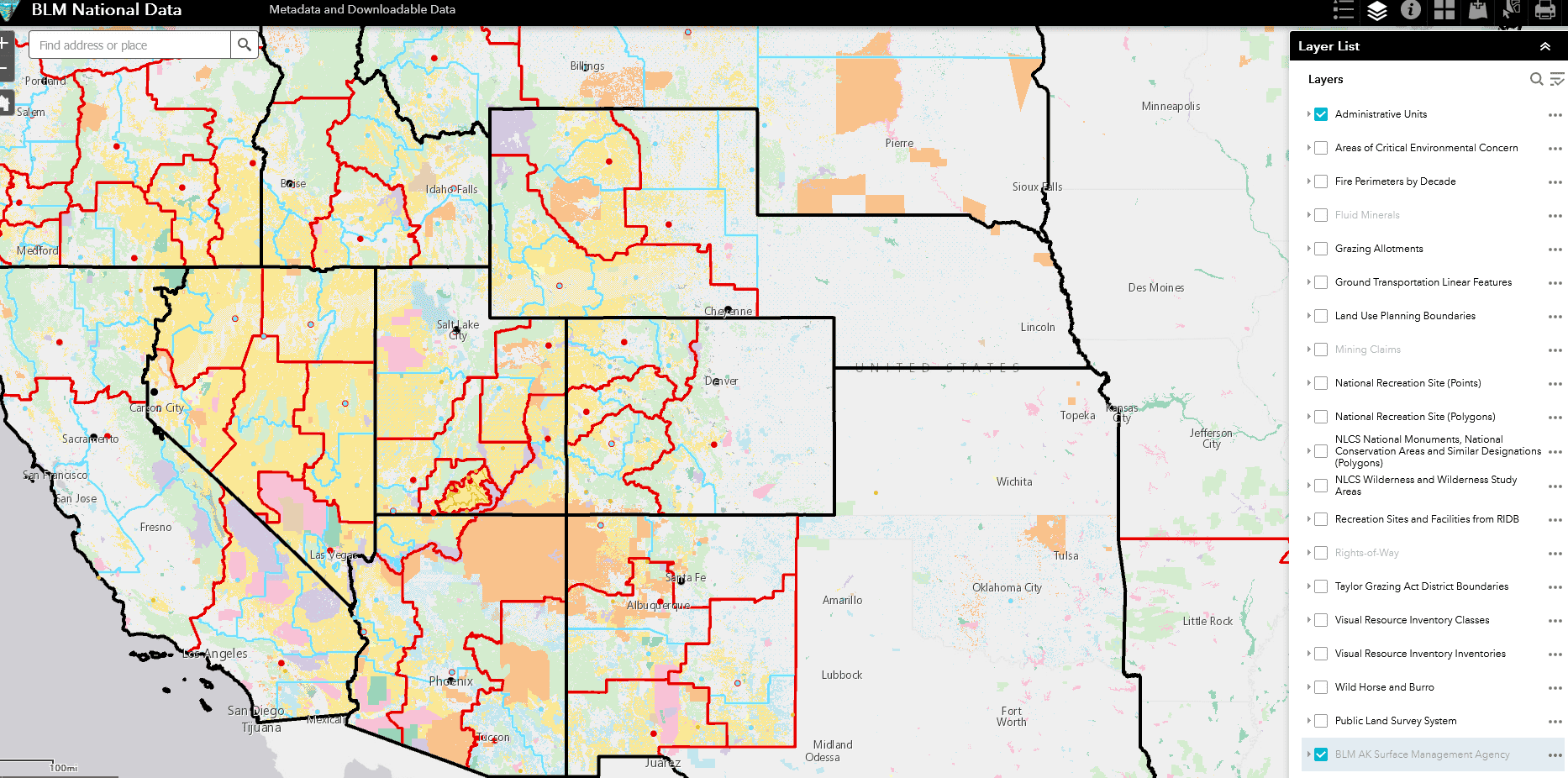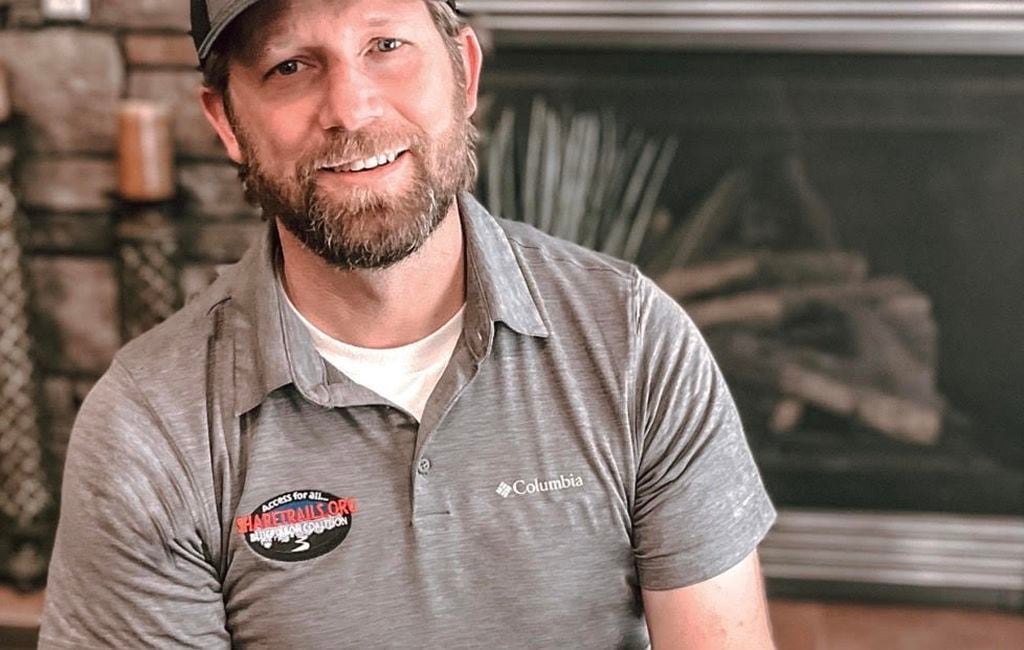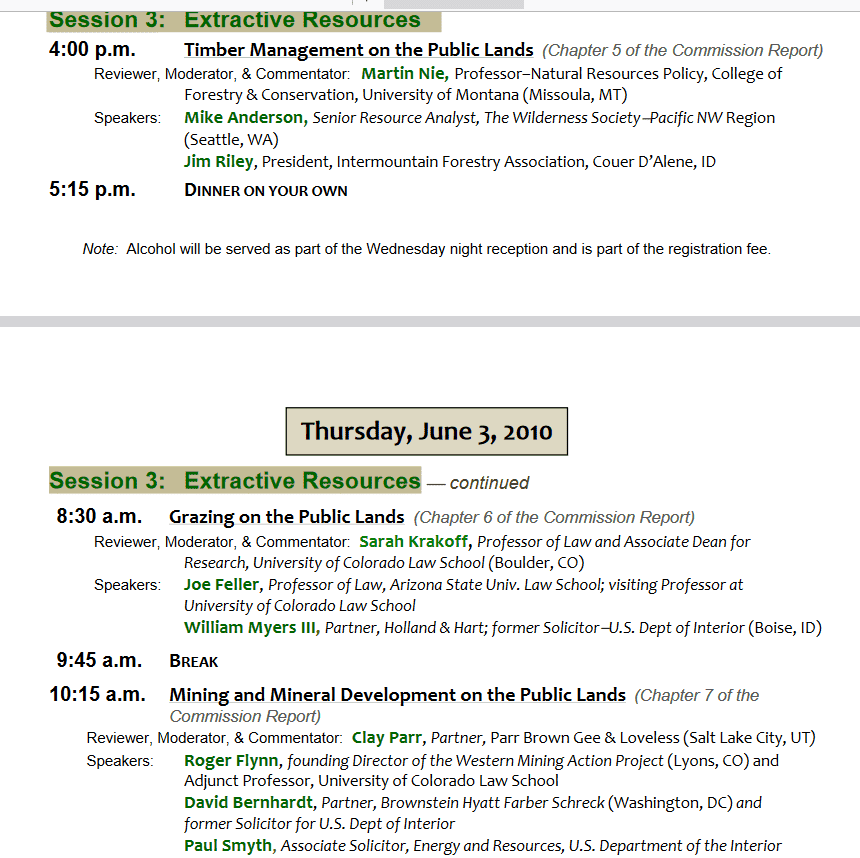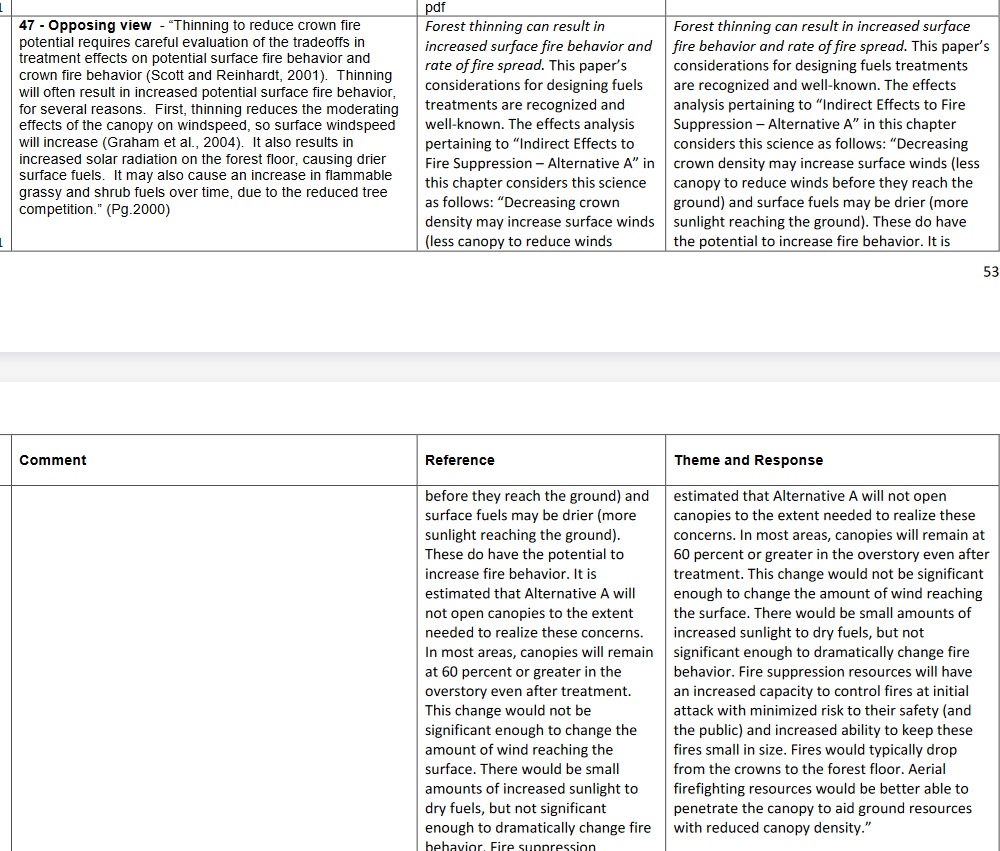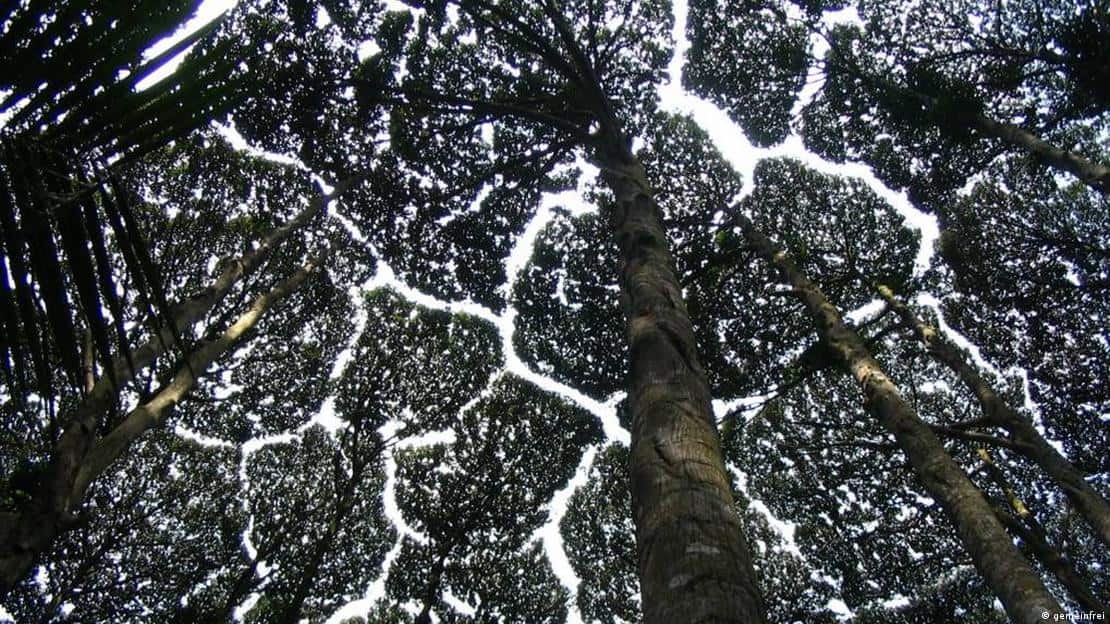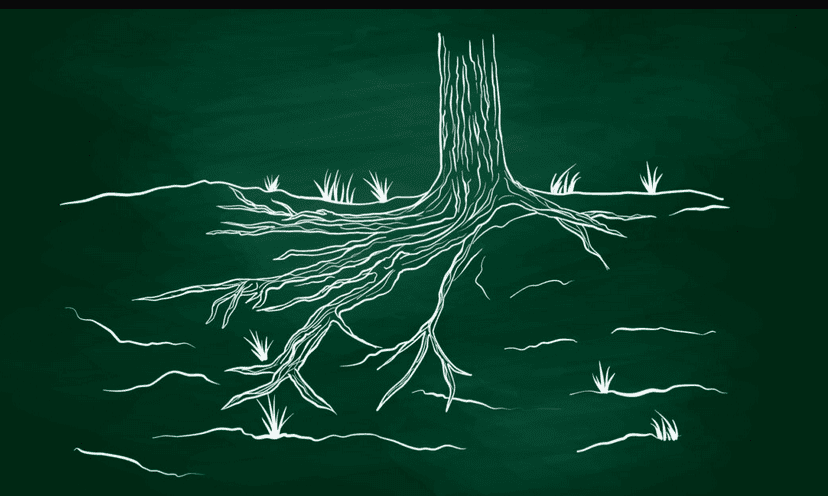 This is a great story of the science-journalism interface and how things can go wrong, even when everyone has the best of intentions. What I like is that the scientists admit to their own biases and perhaps a bit of overenthusiasm.. Skepticism by all of us.. is so important! This is the theme of the next three posts.
This is a great story of the science-journalism interface and how things can go wrong, even when everyone has the best of intentions. What I like is that the scientists admit to their own biases and perhaps a bit of overenthusiasm.. Skepticism by all of us.. is so important! This is the theme of the next three posts.
**************************
A compelling story about how forest fungal networks communicate has garnered much public interest. Is any of it true?
BY MELANIE JONES, JASON HOEKSEMA, & JUSTINE KARST 05.25.2023
Over the past few years, a fascinating narrative about forests and fungi has captured the public imagination. It holds that the roots of neighboring trees can be connected by fungal filaments, forming massive underground networks that can span entire forests — a so-called wood-wide web. Through this web, the story goes, trees share carbon, water, and other nutrients, and even send chemical warnings of dangers such as insect attacks. The narrative — recounted in books, podcasts, TV series, documentaries, and news articles — has prompted some experts to rethink not only forest management but the relationships between self-interest and altruism in human society.
But is any of it true?
The three of us have studied forest fungi for our whole careers, and even we were surprised by some of the more extraordinary claims surfacing in the media about the wood-wide web. Thinking we had missed something, we thoroughly reviewed 26 field studies, including several of our own, that looked at the role fungal networks play in resource transfer in forests. What we found shows how easily confirmation bias, unchecked claims, and credulous news reporting can, over time, distort research findings beyond recognition. It should serve as a cautionary tale for scientists and journalists alike.
First, let’s be clear: Fungi do grow inside and on tree roots, forming a symbiosis called a mycorrhiza, or fungus-root. Mycorrhizae are essential for the normal growth of trees. Among other things, the fungi can take up from the soil, and transfer to the tree, nutrients that roots could not otherwise access. In return, fungi receive from the roots sugars they need to grow.
As fungal filaments spread out through forest soil, they will often, at least temporarily, physically connect the roots of two neighboring trees. The resulting system of interconnected tree roots is called a common mycorrhizal network, or CMN.
Years ago, when the early experiments were being done on forest fungi, some of us — the authors of this essay included — simply got caught up in the excitement of a new idea.
When people speak of the wood-wide web, they are generally referring to CMNs. But there’s very little that scientists can say with certainty about how, and to what extent, trees interact via CMNs. Unfortunately, that hasn’t prevented the emergence of wildly speculative claims, often with little or no experimental evidence to back them up.
One common assertion is that seedlings benefit from being connected to mature trees via CMNs. However, across the 28 experiments that directly tackled that question, the answer varied depending on the trees’ species, and on when, where, and in what type of soil the seedling is planted. In other words, there is no consensus. Allowed to form CMNs with larger trees, some seedlings seem to perform better, others worse, and still others seem to behave no differently at all. Field experiments designed to allow roots of trees and seedlings to intermingle — as they would in natural forest conditions — cast still more doubt on the seedling hypothesis: In only 18 percent of those studies were the positive effects of CMNs strong enough to overcome the negative effects of root interactions. To say that seedlings generally grow or survive better when connected to CMNs is to make a generalization that simply isn’t supported by the published research.
Other widely reported claims — that trees use CMNs to signal danger, to recognize offspring, or to share nutrients with other trees — are based on similarly thin or misinterpreted evidence. How did such a weakly sourced narrative take such a strong grip on the public imagination?
We scientists shoulder some of the blame. We’re human. Years ago, when the early experiments were being done on forest fungi, some of us — the authors of this essay included — simply got caught up in the excitement of a new idea.
One of us (Jones) was involved in the first major field study on CMNs, published more than 25 years ago. That study found evidence of net carbon transfer between seedlings of two different species, and it posited that most of the carbon was transported through CMNs, while downplaying other possible explanations. This is what’s known as “confirmation bias,” and it is an easy trap to fall into. As hard as it is to admit, it was only due to our skepticism of the recent extraordinary claims about the wood-wide web that we looked back and saw the bias in our own work.
Over decades, these and other distortions have propagated in the academic literature on CMNs, steering the scientific discourse further and further away from reality, similar to a game of “telephone.” In our review, we found that the results of older, influential field studies of CMNs have been increasingly misrepresented by the newer papers that cite them. Among peer reviewed papers published in 2022, fewer than half the statements made about the original field studies could be considered accurate. A 2009 study that used genetic techniques to map the distribution of mycorrhizal fungi, for instance, is now frequently cited as evidence that trees transfer nutrients to one another through CMNs — even though that study did not actually investigate nutrient transfer. In addition, alternative hypotheses provided by the original authors were typically not mentioned in the newer studies.
As these biases have spilled over into the media, the narrative has caught fire. And no wonder: If scientists themselves could be seduced by potentially sensational findings, it is not surprising that the media could too.
Among peer reviewed papers published in 2022, fewer than half the statements made about the original field studies could be considered accurate.
Journalists told emotional, persuasive, and seductive stories about the wood-wide web, amplifying the speculations of a few scientists through powerful storytelling. Writers imbued trees with human qualities, portraying them as conscious actors using fungi to serve their needs. Fantasy moved to the foreground, facts to the back. In an odd kind of mutual reinforcement, the media blitz may have convinced experts in other subfields of ecology that the claims about CMNs were well-founded.
The episode underscores how important it is for journalists to seek out a broad range of expert opinions, and to challenge us scientists when our assertions aren’t clearly backed up by rigorous research. By directly asking scientists questions such as “What other phenomena could explain your results?” and “How many other studies support this hypothesis?” journalists may be able to better understand and convey some of the uncertainty around scientific conclusions. The best science writing can capture the hearts and minds of the public, but it must be true to the evidence and the scientific process. If not, the consequences can be far-reaching, affecting policy decisions that impact real people.
There are many captivating and scientifically well-grounded stories we can tell about fungi in forests — and we should. Mycorrhizal fungi underlie many of our favorite edible mushrooms, including truffles, chanterelles, and porcinis. And some herbs in the understories of forests, rather than photosynthesizing sugars like a normal plant, use CMNs to connect to trees and steal their sugars. Forests are fascinating places, marked by a rich diversity of interactions between plants, animals, and microbes. The stories are endless. We just have to tell them with care.
Melanie Jones is a professor in the Biology Department at the University of British Columbia’s Okanagan campus. She and her students have been studying mycorrhizal fungal communities in forests, clearcuts, and wildfire sites in British Columbia for 35 years.
Jason Hoeksema is a professor in the Department of Biology at the University of Mississippi. His research addresses a diversity of questions regarding the ecological and evolutionary consequences of species interactions on populations, communities, and ecosystems.
Justine Karst is an associate professor in the Department of Renewable Resources at the University of Alberta. She has been studying the mycorrhizal ecology of forests for 20 years.

